MusicRadar Verdict
The pro-spec P6NC has everything you need to plug in and play. Just add talent.
Pros
- +
Wonderfully playable. Plugged in and mic'd tones sound superb.
Cons
- -
Price. Easy to hit the wrong controls on the tuner.
MusicRadar's got your back
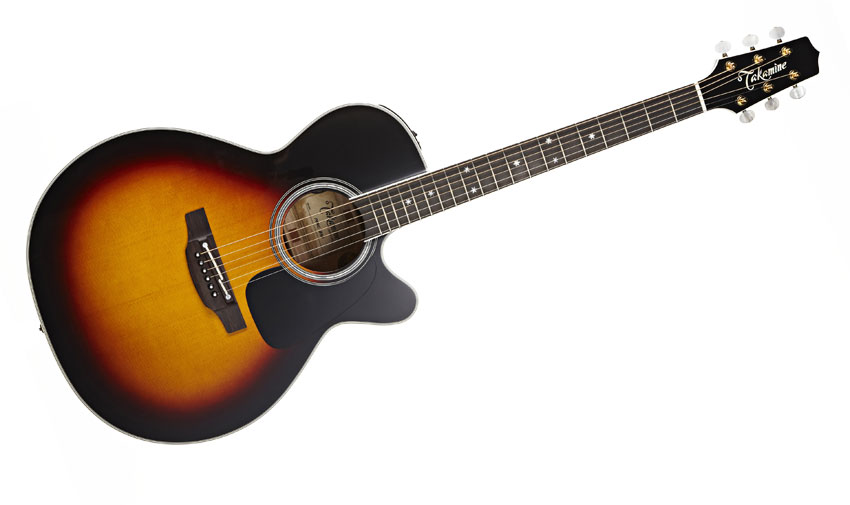
Takamine P6NC review

Body
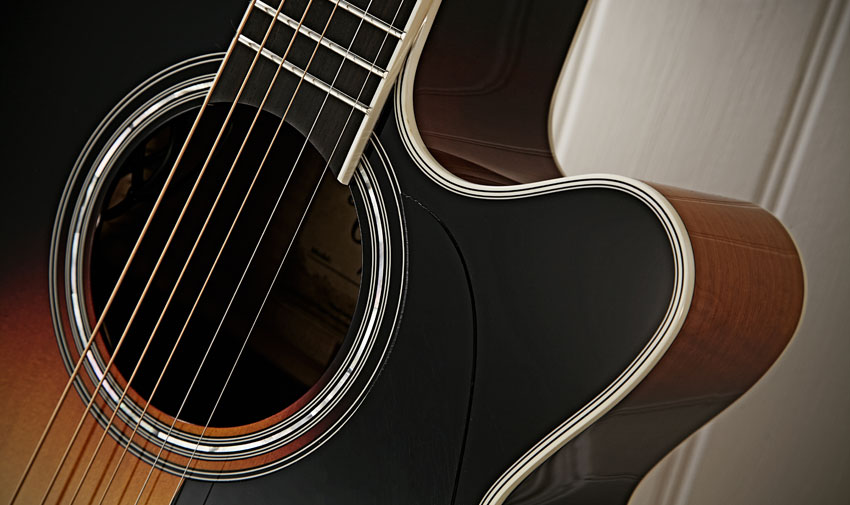
Cutaway
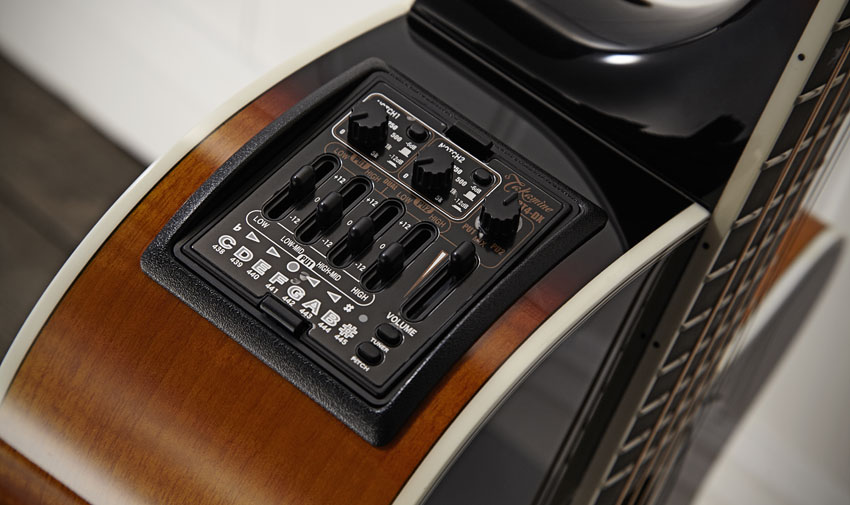
Preamp
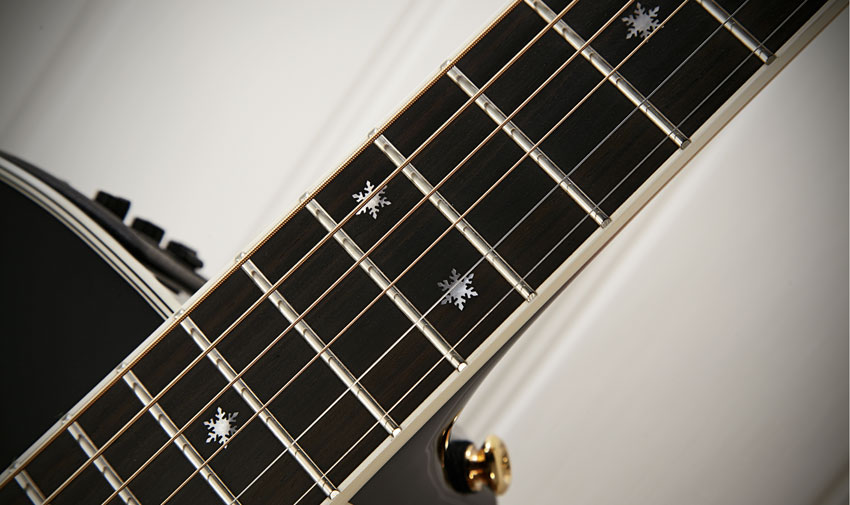
Neck
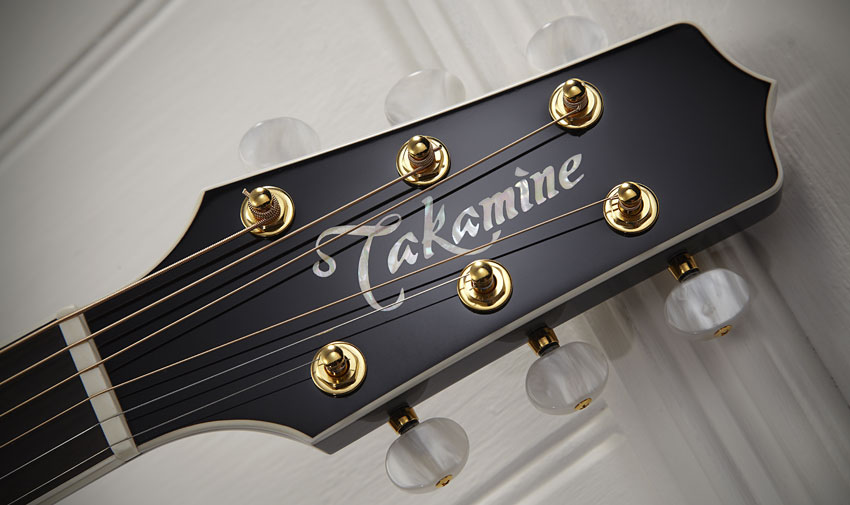
Headstock
One of Takamine's sales tags is "the hardest working electro-acoustic", and it's a perfect description of this long-running Japanese brand. If you regularly need to plug in, it's a great place to start your search.
Takamine, of course, was at the forefront of the development of the electro-acoustic and overtook the originator, Ovation, by combining more traditional acoustic shapes, styles and construction with a fit-for-purpose electro system. But when the electro market exploded over the last decade, it was Taylor and Martin that dominated, leaving the Japanese brand lagging behind.
"Finding fault on a constructional level is impossible"
Takamine still made great guitars, but the firm's impenetrable product codes made the range hard to understand, an issue that the company would try to tackle in 2012 . With distribution and marketing now being handled by Fender, Takamine fundamentally overhauled its range, launching the Pro Series - a distillation of what the brand had to offer, with straightforward 1 to 7 specification and price levels.
So, here we take a look at one of the latest high-end Japanese models from the four-guitar 6 Series. Each comes with the very retro-looking brown Sunburst finish, spruce/flame maple construction and snowflake-inlaid bound ebony 'boards.
Now, this is a £2,500 electro, so you should rightly expect something a little special, but from the ultra-clean scalloped bracing and internal sharpness to the Taylor-like precision and detail of the finishing, finding fault on a constructional level is impossible.
Sounds
Sitting nicely in that medium-size area, here is a guitar that feels very comfortable whether strapped on (yes, we have two strap buttons!) or played seated. It's not as bulky as a classic jumbo or dreadnought, yet its physical depth suggests a larger body size.
Unplugged, then, we'd expect a big-bottomed sound. In fact, it's a little tighter than that and seems to need a bit of a kick to get it started. Strummed, it sounds balanced with a sonorous power. Picked, there's strength and body to the tone, and with fingernails a more subdued body. Though perfectly functional as a picker, acoustically, it seems to prefer a plectrum.
Want all the hottest music and gear news, reviews, deals, features and more, direct to your inbox? Sign up here.
Plugged in, it's a different matter. With amp and guitar set flat it's a pretty even sound - ideal if you're just handing the soundman the other end of your lead. The low mid control on the four-band slider EQ is very welcome; it's quite often the frequency range that needs attention, to thin and open the sound a little. With just that adjustment made we have an excellent amp'd sound, with balanced rich lows and detailed crisp highs.
"In a quick recording session, both mic'd and DI'd it sounds superb"
Pulling the high EQ down almost gets us into a Taylor ES-like voicing but we have to say there was little EQ'ing necessary. The dual notch filters work extremely well, though this writer missed a phase switch. As we've said countless times, it's probably the most useful first fix for onstage feedback issues.
The tuner is precise, and although the ability to alter the reference pitch between 436 and 445Hz could prove handy if you're playing with instruments that aren't tuned to 440Hz, it's very easy to hit that function instead of engaging the tuner itself.
It's not an obvious choice for a recording guitar, but in a quick session, both mic'd and DI'd it sounds superb: a strong firm tonality mic'd and a very usable, lighter but quite un-piezo-like voice DI'd.
There's a robustness and weight that, for a pure acoustic, might seem excessive but for a working stage guitar, it feels very business-like. The neck, too, with its apparent asymmetrical carve - subtly thinner on the bass-side than the treble - is a good rounded handful. A low action, fast playability and that cutaway all add to the brew providing a very reliable feeling instrument. As we said, very fit-for-purpose.
Many acoustic companies seem to sit on the fence: undecided if the instrument they're offering us is a lighter built acoustic or a heavier built onstage electro.
This Takamine certainly sits in the latter camp and while it wouldn't be our first choice for an acoustic-only fingerpicker, it excels with pick and fingers and quite boisterous strumming. Amplified, it's game on: any style works here and with a comprehensive preamp most of your tweaking can be done by you.
Okay, £2.5k will get you into most top-line production brands, but if you're after a quality guitar that is a real road hog, we can't think of a better all-rounder: a guitar that will take plenty of abuse but, more importantly, produces the sounds you need, night after night.
Dave Burrluck is one of the world’s most experienced guitar journalists, who started writing back in the '80s for International Musician and Recording World, co-founded The Guitar Magazine and has been the Gear Reviews Editor of Guitarist magazine for the past two decades. Along the way, Dave has been the sole author of The PRS Guitar Book and The Player's Guide to Guitar Maintenance as well as contributing to numerous other books on the electric guitar. Dave is an active gigging and recording musician and still finds time to make, repair and mod guitars, not least for Guitarist’s The Mod Squad.
